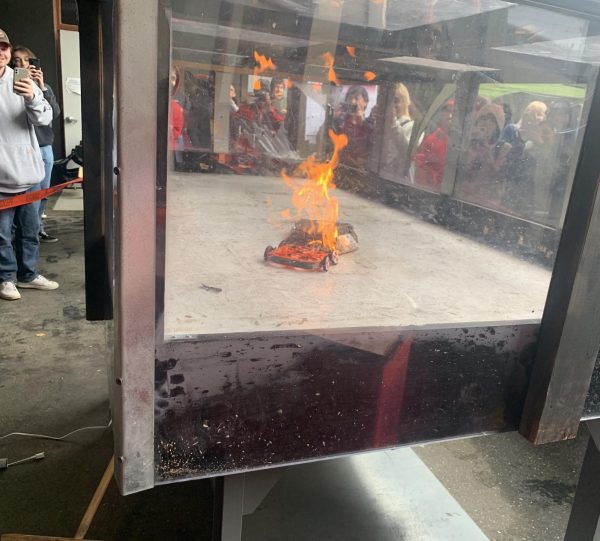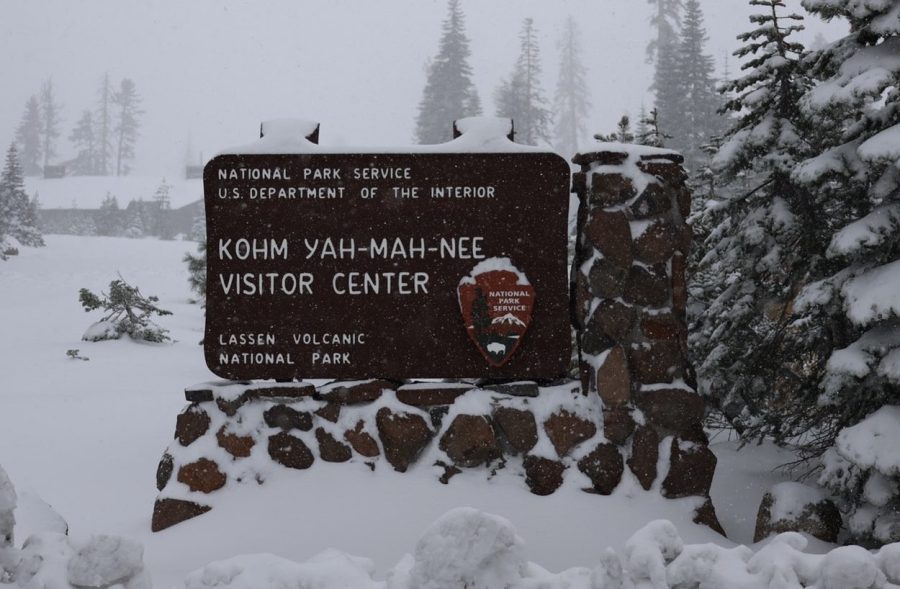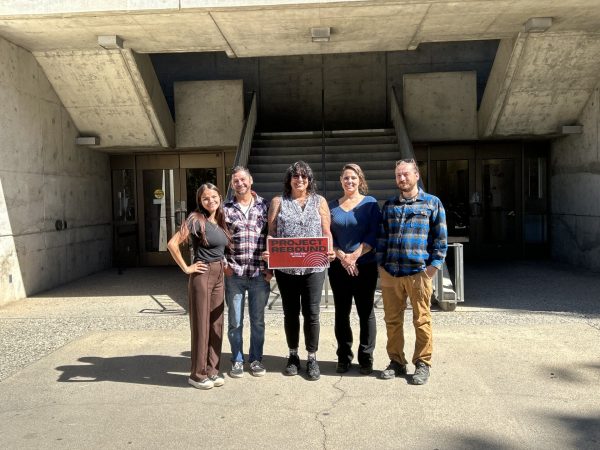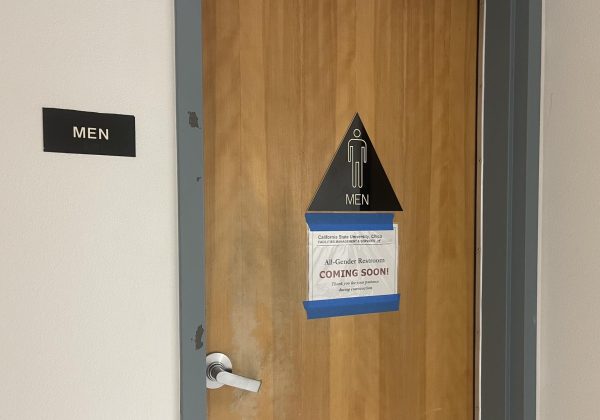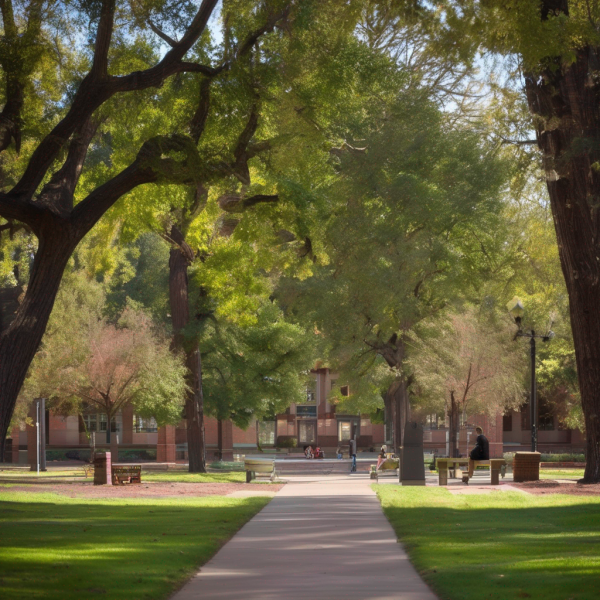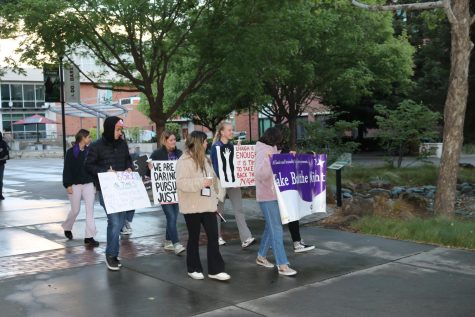November snowstorm batters Cascades and Sierras east of Chico
An early season snowstorm impacted the mountains east of Chico last week, causing several spin outs on HWY 32 the night of Nov. 7. Several feet of snow fell on Mt. Lassen and the surrounding areas, while Interstate 5 between Redding and Dunsmuir was shut down multiple times due to winter driving conditions.
The storm, which affected the whole region between Nov. 6-9, caused headaches on several mountain passes, including Interstate 80 over Donner Pass. Chain controls were in effect for multiple days between Alta, CA and the Nevada border. Multiple accidents, spinouts and jackknifed semi-trucks caused delays and traffic holds both eastbound and westbound over Donner Summit.
Further north, Interstate 5 was shut down by CHP several times between Nov. 7-8. On the evening of the 7th, Caltrans District 2 reported that all lanes of I-5 northbound, south of Dunsmuir were blocked due to multiple vehicle spinouts. Traffic was also held north of Redding multiple times as winter driving conditions grew too severe between Redding and Dunsmuir.
On SR 32 east of Chico, heavy snowfall on the evening of Nov. 7, proved too difficult for some drivers, as many were again ill-equipped for snow-covered roads. Chain controls were in effect but not enforced by CHP or Caltrans. Many vehicles between Butte Meadows and the SR 32-36/89 junction spun and slid out, blocking lanes of traffic. A semi-truck without chains attempted to grade 32 near Deer Creek but stalled out on a steep grade.
Students at Chico State contended with cold temperatures and rain, especially on Tuesday, as a soaking rain spanned the entire day. It was a welcome change for many. Rain jackets and umbrellas were needed at the commemorations of the Camp Fire that took place in front of Kendall Hall on the morning of Nov. 8. Led by President Gayle Hutchinson, students, faculty, friends and more stood in silence for 85 seconds, symbolizing the number of citizens that died in the fire four years ago.
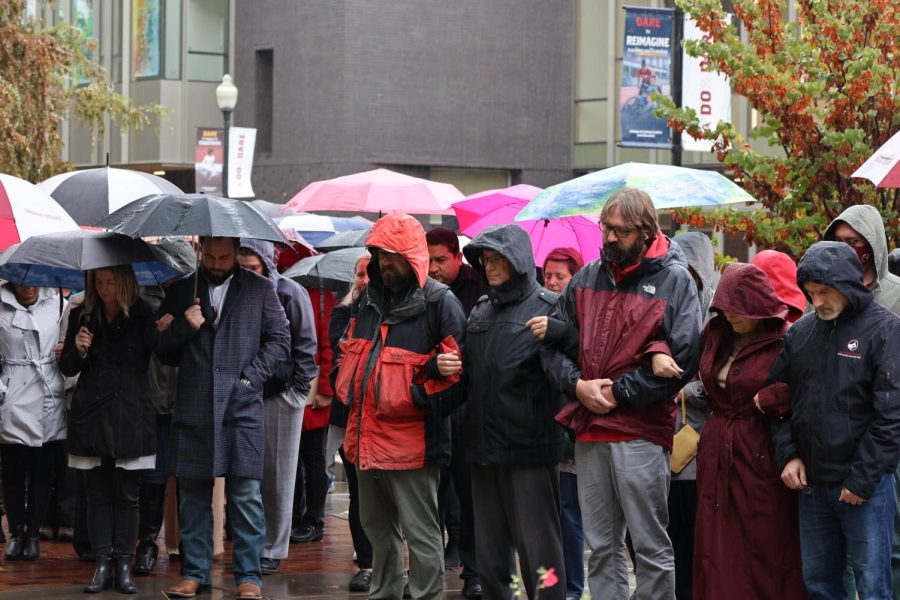
The rain and snow punctuated an end to what was a below-average wildfire season for Northern California. What was shaping up to be another dangerous, destructive year became a well-dodged bullet thanks to an extremely active monsoon pattern, no significant offshore wind events and early season delaying rains in September.
As of Nov. 10, 362,370 acres had burned across the state. Compared to the previous two fire seasons, which both eclipsed well over two million acres, it was a very calm season.
However, a significant Santa Ana wind event is shaping up on Nov. 16 in Southern California. NWS Los Angeles has issued a red flag warning between 7 a.m. to 7 p.m. Wednesday in areas of Ventura and L.A. counties. Winds gusting 60-75 miles per hour are expected, with critical fire conditions likely. It’s a reminder that while fire season can be slowed or delayed, the threat still exists.
Significant rain and mountain snow is needed to help make a dent in the state’s megadrought, and with another La Niña winter in the forecast, it will be a tall order to accomplish. With an extended mild, dry period in the forecast for the foreseeable future here in Northern California, the storm doors will have to open wide in December and January to make up ground.
Michael Steinberg can be reached at [email protected] or @MichaelWX18 on Twitter.



